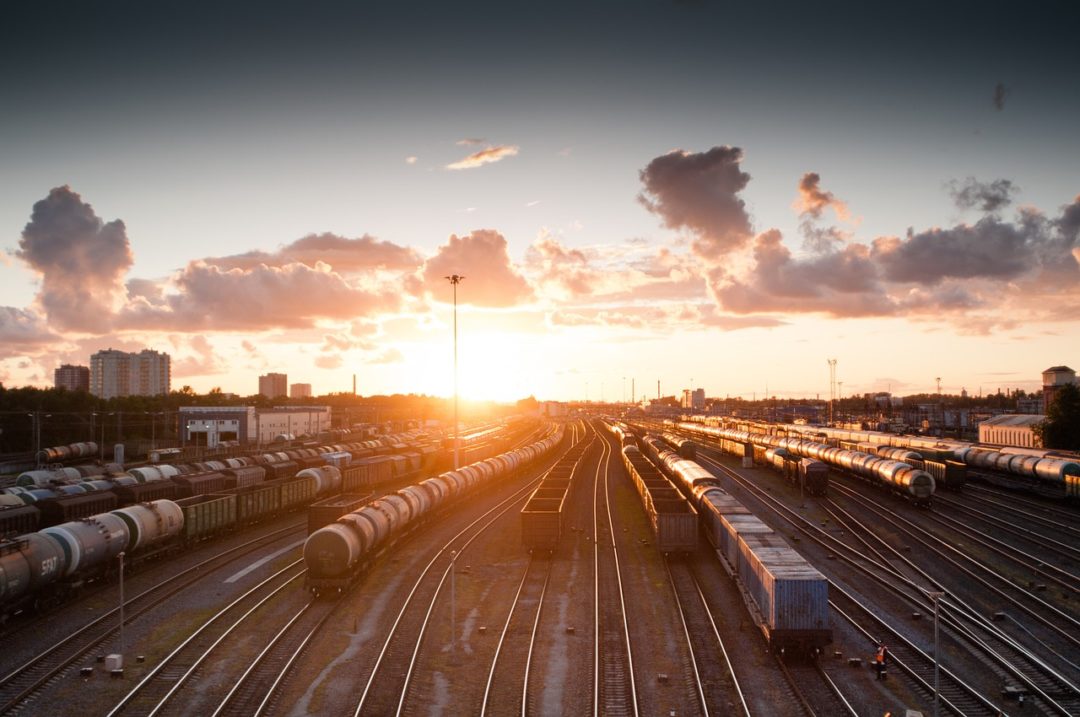Rail industry groups go to court against clean locomotive rule in California
Association of American Railroads says zero-emissions technology is not yet ready for use.

Two rail industry groups have filed suit against California for a proposed rule that would set a 30-minute idling limit for locomotives in the state and would require railroads to set aside funds to upgrade to cleaner locomotive technologies.
Announced in April by the California Air Resources Board (CARB), the rule is expected to go into effect in October, and would also require that switch, industrial, and passenger locomotives built in 2030 or after will be required to operate in zero-emissions configurations while in California, and in 2035 for freight line haul.
However, the Association of American Railroads (AAR) and the American Short Line and Regional Railroad Association (ASLRRA), on behalf of their members, have now filed suit against CARB in the Eastern District of California over that In-Use Locomotive regulation.
According to the rail groups, the CARB rule would limit the useful life of today’s fleet of more than 25,000 locomotives and mandate their premature replacement with zero-emissions units using technology that has not been sufficiently tested in prototype or operational service and is not commercially available on the market today.
“While the urgency to act is real and unquestionable, CARB uses unreasonable, flawed assumptions to support a rule that will not result in emissions reductions,” AAR President and CEO Ian Jefferies said in a release. “Railroads have urged CARB to take the proven path of collaboration and build on our shared successes, but those arguments were rejected out of hand. Railroads are working toward reliable, efficient zero-emissions technologies; however, they cannot simply be willed into immediate existence by policymakers.”
Jeffries said that California has long been the proving ground where the railroads and CARB have worked collaboratively to drive significant reductions in emissions. Railroads’ partnerships with CARB in past years have successfully reduced emissions from line haul and yard operations across the state through initiatives such as zero-emission cranes and yard service vehicles. Other methods that are now reducing locomotive emissions include anti-idling systems, fuel management systems, and the use of renewable fuels, AAR said.
Likewise, ASLRRA President Chuck Baker said that the rail industry continues to pilot emerging technologies such as battery-electric and fuel-cell locomotives that can potentially reduce greenhouse gas emissions, but those technologies still require additional testing and development.
“While the spirit behind this regulation is consistent with railroad’s environmental commitment, the rule itself is unworkable and infeasible for short lines – its implementation would literally bankrupt some small business short lines,” Baker said in a release. “And the rulemaking does not acknowledge the impact of the elimination of some short line rail service to Californians. For shippers, it eliminates an efficient means to market and threatens the competitiveness of California’s products. For the public, it means the rising cost of products and a modal shift to trucks.”
Based on those arguments, the rail groups’ lawsuit says the federal government—not individual states—has exclusive authority to regulate rail operations, due to the interconnected nature of rail operations and the need for uniform regulatory policies. The lawsuit asks courts to freeze the CARB rule until that issue can be settled.
However, CARB says that the costs of replacing the current generation of locomotives will be offset by the health savings of preventing premature deaths and emergency room visits and hospitalizations. CARB estimates that the emissions reductions from its new regulation are expected to be equal to almost double those emitted by all passenger vehicles in the state between now and 2050.
Related Articles

Copyright ©2024. All Rights ReservedDesign, CMS, Hosting & Web Development :: ePublishing